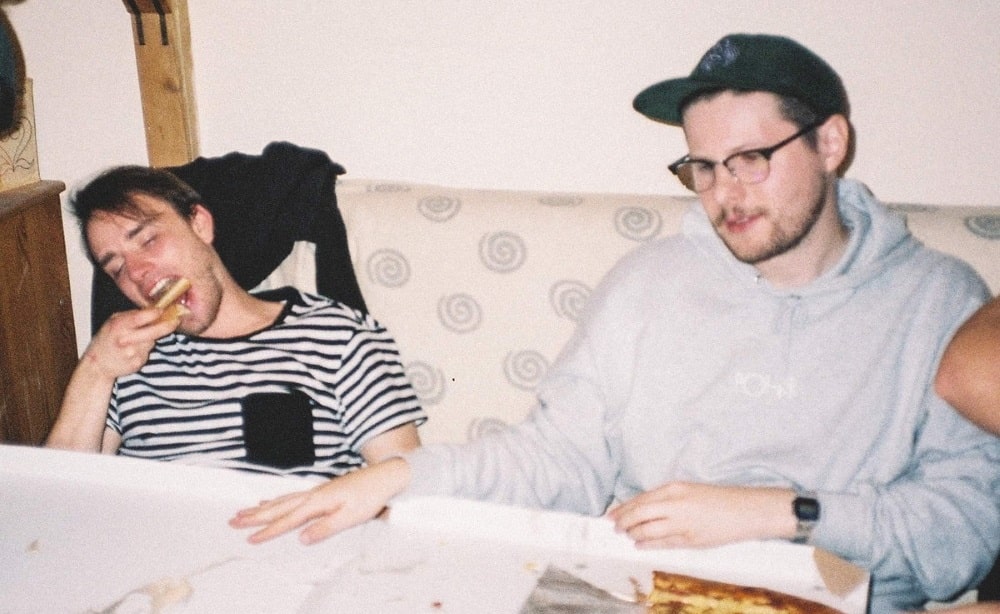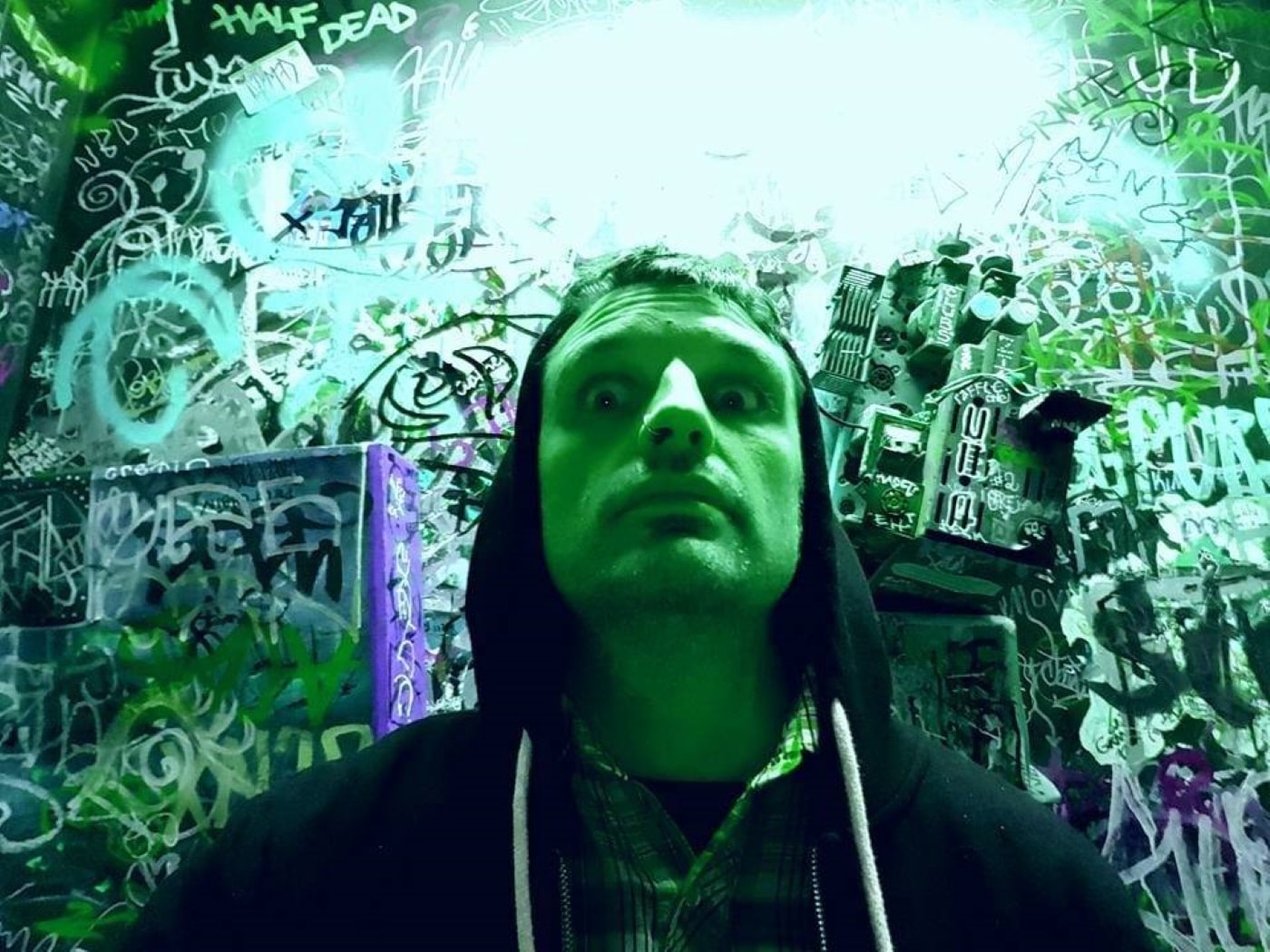NOSTRA is a Latvian-French trio formed in Riga (Latvia) in 2016, drawing its musical influences from various genres, from post-rock and post-metal to cold wave, including sludge or doom jazz. The band has been immersed in a post-Soviet urban landscape scattered with crumbling buildings and abandoned industrial complexes. This ‘post’ environment where nature slowly sprawls through cracks, concrete and metallic edifices have been haunting Nostra’s music. After the release of Transmission(s) (EP, 2018) and Nemoralis (LP, 2019), Nostra is coming back with a two-title single: Law of the Tongue. Grus and Law of the Tongue are the songs capturing at the closest the diverse influences of the members. Melancholic guitars mesh with cold basslines and bursting drums for an homage to a vanished past.
During the first year, all the income from the sales of the EP on Bandcamp will be donated to the Latvian Fund for Nature (Latvijas Dabas Fonds), a Latvian organization that is acting for the protection and conservation of nature.
Law of the Tongue was recorded, mixed and mastered by Nicolas Gavoille in Riga.
Asked about their specific cold wave tinged post rock stylistics, the band’s guitarist Harijs comments: “I think it is about doing what feels right at the moment, following musical impulses and seeing where they lead, not really restricting oneself. That, coupled with an overarching sense of what atmosphere you want to achieve, usually yields some interesting results.”
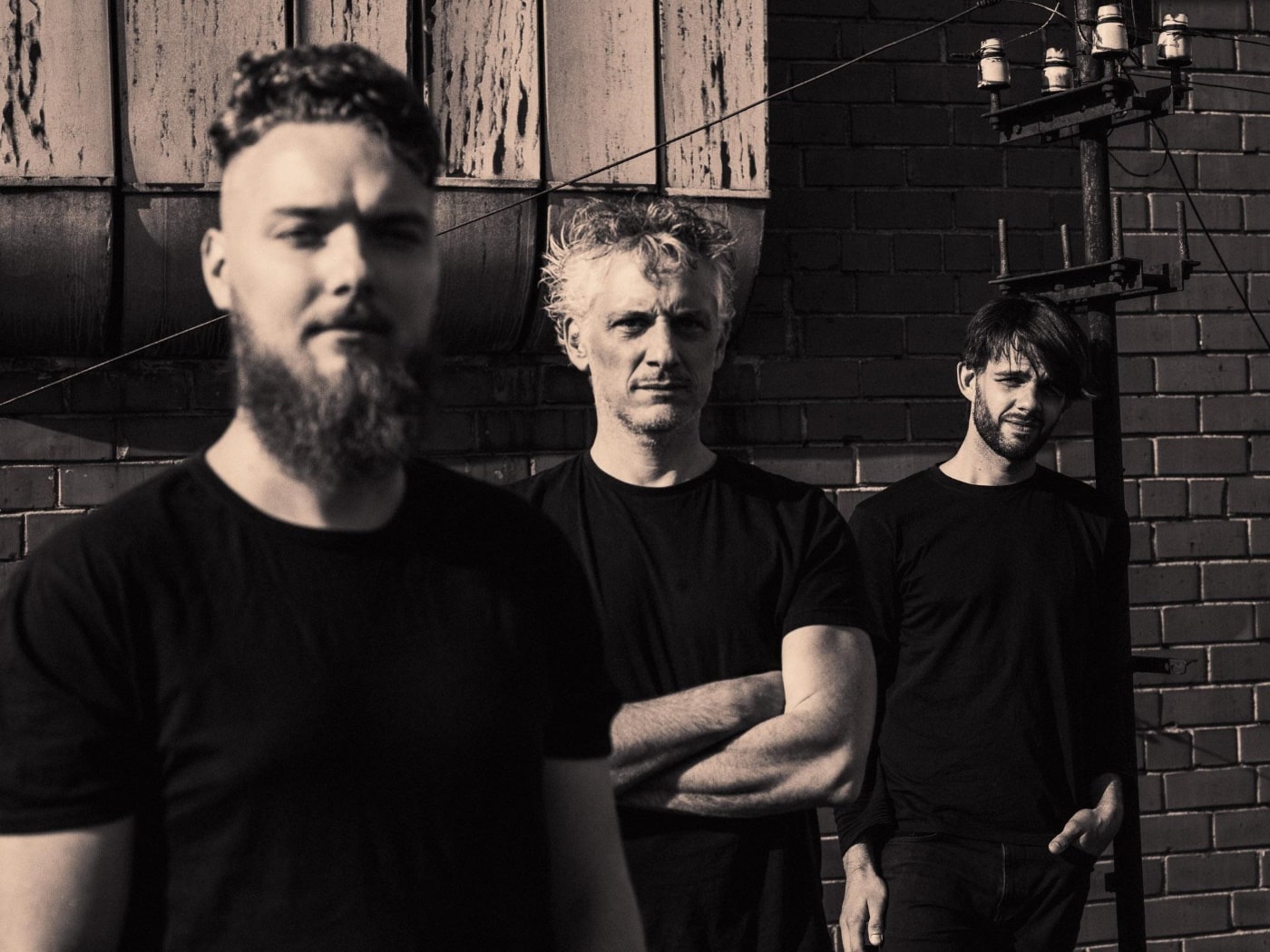
Einars (drums), who initiated the band, indicates: “Around the time Nostra started, I was binging shoegaze, bands like Cheatahs, Ride, Slowdive, My Vitriol. And that’s what the original concept of Nostra was supposed to be: a shoegaze act. But, as we built our musical connection, I didn’t feel the need to put a label on it, just wanted to see where the music takes us. My more recent influences are Matt Garstka (Animals As Leaders), Aric Improta (Night Verses), Dave Turncrantz (Russian Circles) – the way they feel and perceive music is what inspires me the most.” On his side, Harijs (guitars) comes from a more intense background:”My early influences mostly lie in heavier genres. I’m a fan of black and sludge metal. It’s fun to try and incorporate more aggressive elements into our music without being overtly heavy and dark, but still retaining that punch.” “I am not a post-rock guy.” – adds bassist Xavier. “I am from a different kind of “post”, “post-punk”. My influences lie in the 1980s, and bands such as The Cure, Dead Can Dance. That’s why I often use a flanger or a reverb. I also try to keep the basslines distinct, as much as possible from the guitars, sometimes unfolding their own melody.”
NOSTRA’s drummer Einars, on the other hand, doesn’t consider drums to be a strictly rhythmic instrument. “Drums sing, they are melodic, each of the individual parts of the drumset produces its own note.” – he says. “So there’s quite a huge melodic potential. In Nostra, I usually start working on a song by zeroing in on the feel. Imagining how fast it should feel. Then listening for any melody, chord changes, notes to emphasize, how the dynamics should be. To follow the guitar and emphasize the bass at certain points or try to figure out a pattern where I could merge them both together.”
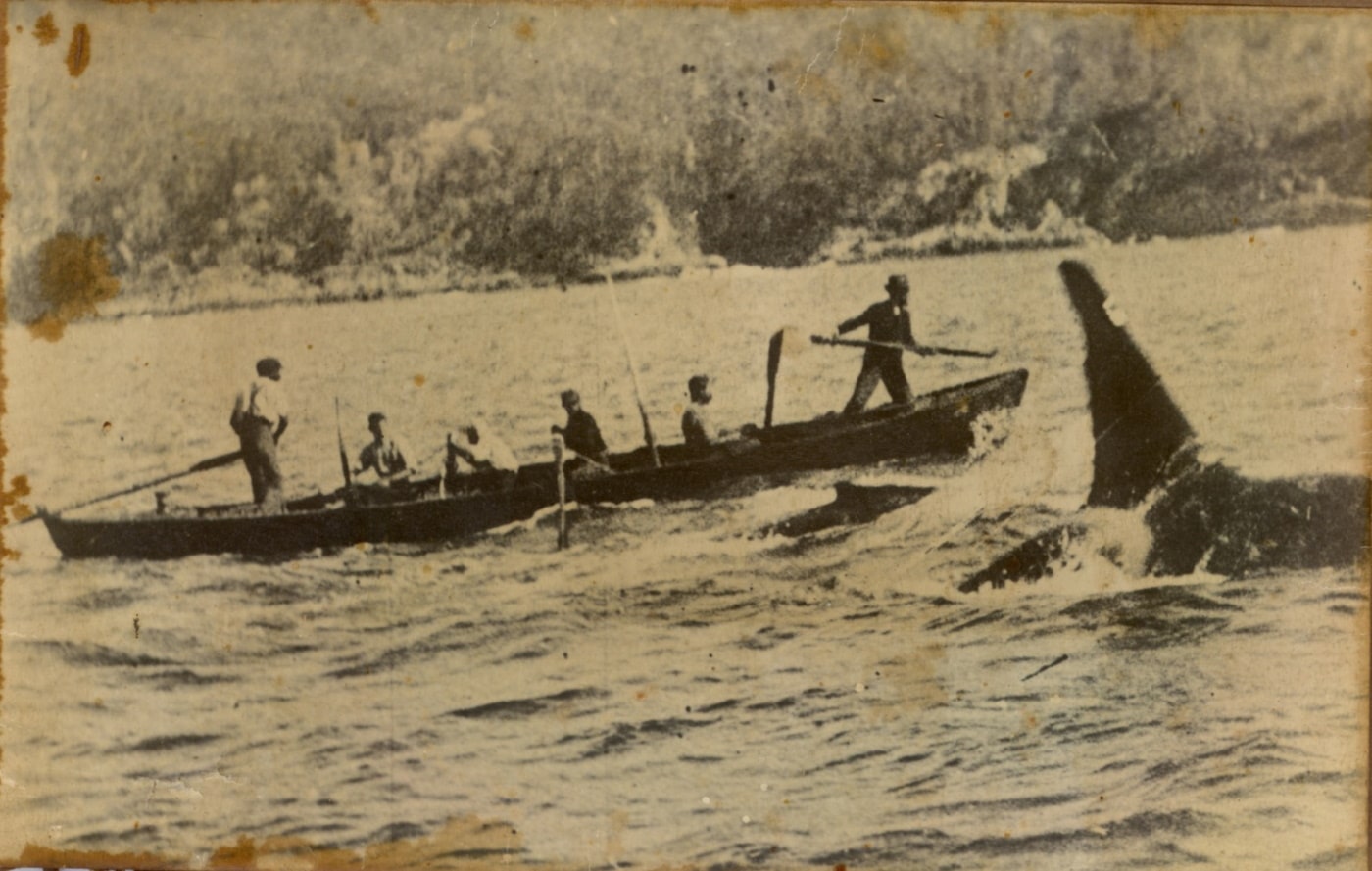
𝑇ℎ𝑒 𝑡𝑖𝑡𝑙𝑒 𝐿𝑎𝑤 𝑜𝑓 𝑡ℎ𝑒 𝑇𝑜𝑛𝑔𝑢𝑒 𝑟𝑒𝑓𝑒𝑟𝑠 𝑡𝑜 𝑂𝑙𝑑 𝑇𝑜𝑚, 𝑎𝑛 𝑜𝑟𝑐𝑎 𝑤ℎ𝑜, 𝑤𝑖𝑡ℎ ℎ𝑖𝑠 𝑝𝑜𝑑, 𝑢𝑠𝑒𝑑 𝑡𝑜 ℎ𝑢𝑛𝑡 𝑤ℎ𝑎𝑙𝑒𝑠 𝑎𝑙𝑜𝑛𝑔 𝑤𝑖𝑡ℎ ℎ𝑢𝑚𝑎𝑛𝑠. 𝑇ℎ𝑒 ‘𝑙𝑎𝑤’ 𝑖𝑠 𝑡ℎ𝑒 𝑎𝑟𝑟𝑎𝑛𝑔𝑒𝑚𝑒𝑛𝑡 𝑡ℎ𝑎𝑡, 𝑜𝑛𝑐𝑒 𝑡ℎ𝑒 𝑤ℎ𝑎𝑙𝑒𝑠 𝑤𝑒𝑟𝑒 𝑘𝑖𝑙𝑙𝑒𝑑, 𝑡ℎ𝑒 𝑜𝑟𝑐𝑎𝑠 𝑐𝑜𝑢𝑙𝑑 𝑟𝑖𝑝 𝑜𝑓𝑓 𝑡ℎ𝑒 𝑡𝑜𝑛𝑔𝑢𝑒𝑠 𝑎𝑛𝑑 𝑜𝑡ℎ𝑒𝑟 𝑠𝑜𝑓𝑡 𝑡𝑖𝑠𝑠𝑢𝑒𝑠 𝑏𝑒𝑓𝑜𝑟𝑒 𝑡ℎ𝑒 𝑤ℎ𝑎𝑙𝑒𝑠 𝑤𝑒𝑟𝑒 𝑡𝑜𝑤𝑒𝑑 𝑎𝑤𝑎𝑦.
Explains Xavier: “Aesthetically, there is an interesting dynamic in the picture. The spectator sees men and killer whales going in the same direction, apparently tending toward a common goal.”
“It is a certain nostalgia for a time that really only exists in your imagination. It is a romanticized version of the idea of man hunting alongside beast, instead of out-competing it and destroying its habitat.’ – concludes Harijs.
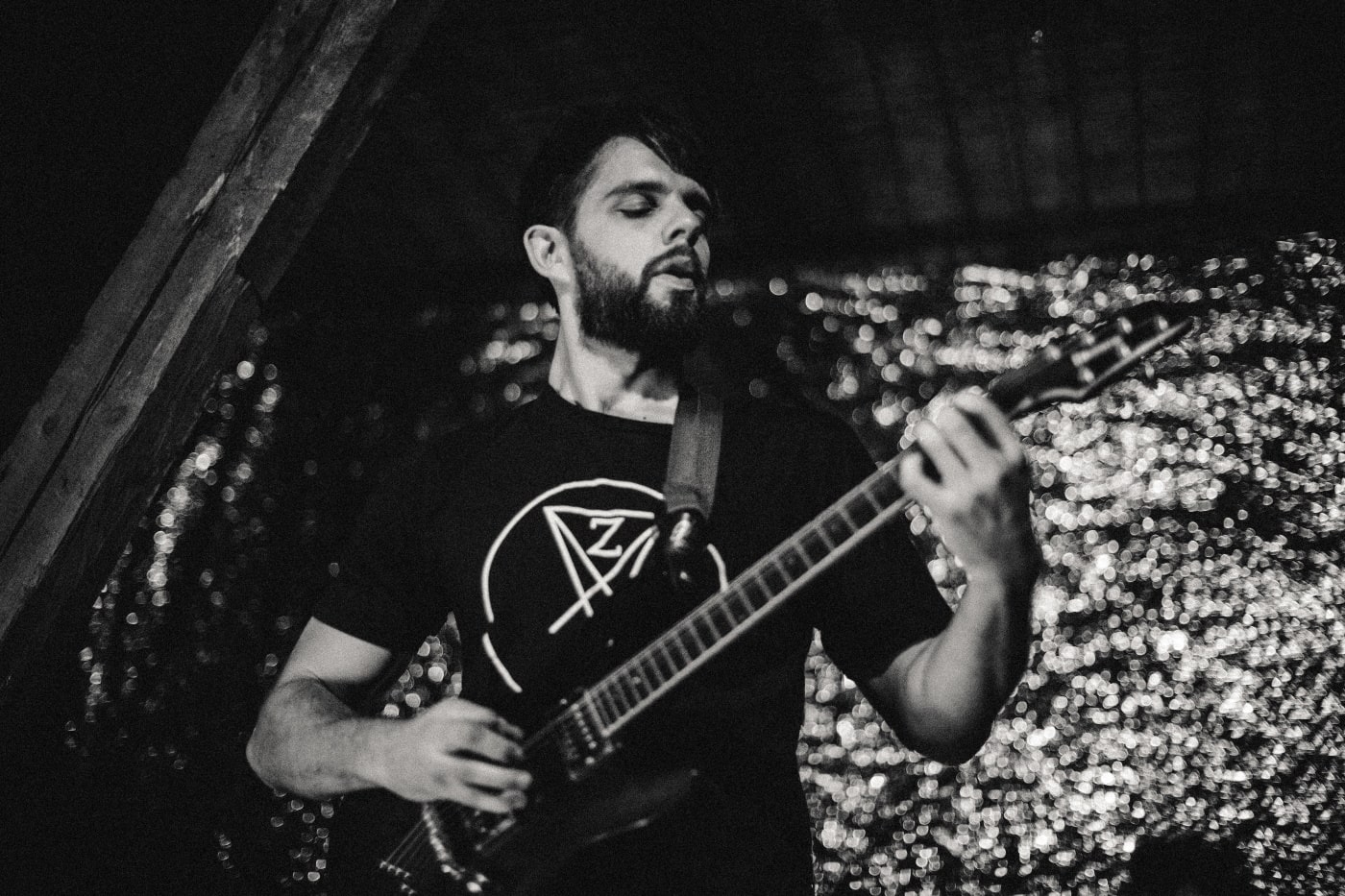
GRUS
Harijs: A song that is more of a love letter. Both to someone specific and to a feeling as a whole; a simultaneous celebration and longing for careless, sunlit times in both the past and future. The definition is quite abstract, but in all honesty, most of our songs start as these little intangible flickers of emotions that don’t quite have a name for them yet, which in this case was the very intro part. Everything else is built on top of it.
Einars: “Grus” provides the feeling of being swept up in the air and then just floating around majestically. It’s especially noticeable towards the middle of the song and also the end, where I tried to come up with a drum part that fills all the possible space. The result is a barrage of notes on the toms and cymbals. To me it’s almost like simulating a whirlwind. One that’s strong enough to take you up in the air, let you enjoy the beautiful view and then land you down safely.
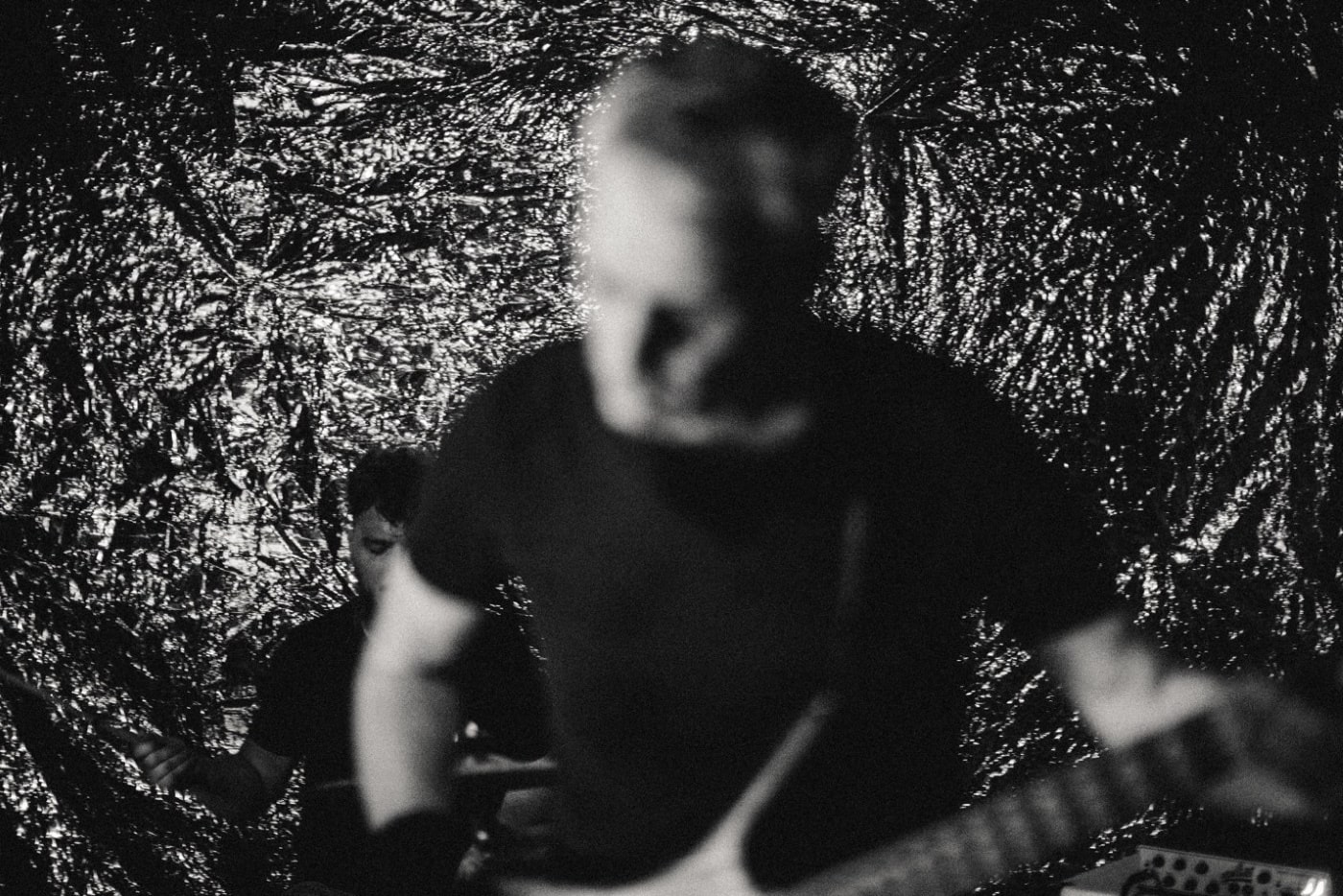
Xavier: Both songs begin with relatively quiet basslines. The bass supports the guitar there, so Harijs can lay down his melodies. It is more about infusing the proper atmosphere before the “explosion”. The second half of the tune is more “upbeat”. All the challenge is then to keep the song grooving and not having the modulation muddying the sound. So, I use a phaser effect instead of the traditional flanger.
LAW OF THE TONGUE
Harijs: This song revolves around sea and loss. In a broader sense, it portrays pining for a time that’s never truly existed, a romanticized version of a distant past. It also is about deep personal loss, about the sea that both gives and takes so selfishly. When arranging the guitar parts, I wanted to include both lead and backing elements into the same line, but retain this almost black metal vibe to some parts. I love the challenge of trying to fill the sonic space with just one guitar.
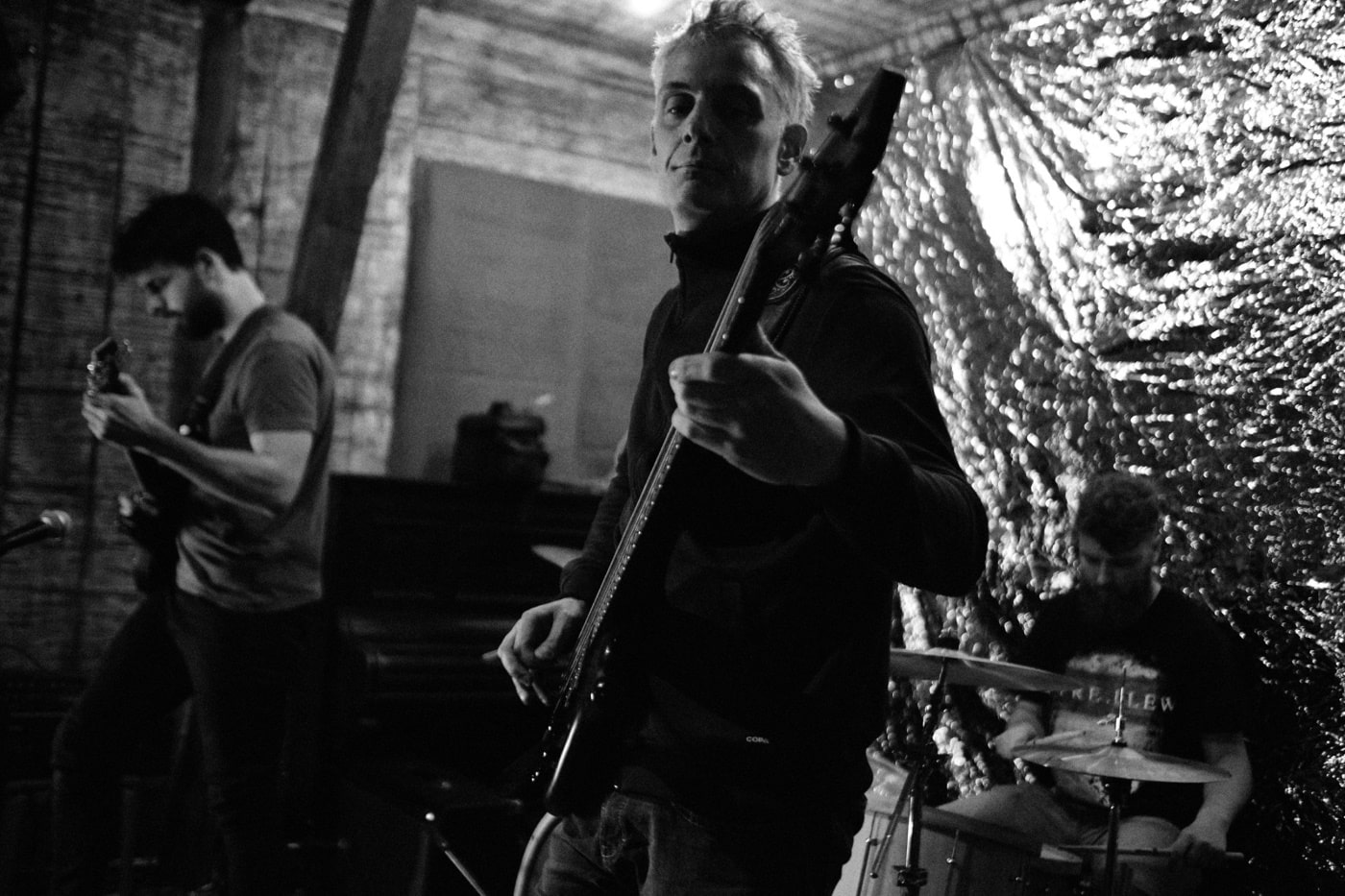
Einars: “Law of the Tongue” makes me imagine it as a series of flashbacks, memories. Each of the sections of the song symbolizing a story, emotion, feeling. Drums are taking a bit of a back seat in this song by trying not to do too much and solidify, back up the storytelling of guitar and bass. Both guitar and bass have really solid, powerful melodies going on throughout the song.
Xavier: A very enjoyable song to play with a good variety of bass riffs. Often, I play high notes, which can make the bass less audible, especially live because of the modulation. But I like how it meshes with the guitar. For this tune, a strong inspiration was Steven Severin (Siouxsie and the Banshees) and his lines on Cities in Dust.
DESPOT music video, in support of the band’s 2019 LP Nemoralis:
Footage taken from Teinosuke Kinugasa’s movie, Kurutta ippêji (A Page of Madness) shot in 1926.
Asked about their local music community Harijs admits that despite being a small community, the Latvian scene is vibrant.
“Local bands like Tesa, (now defunct) Audrey Fall, VVZ, Tempus and A Farewell to Words have this northern post-Soviet tinge to their expressions. The local scene tends to be a bit more musically aggressive and abstract than others, yet it still manages to be breathtakingly captivating and evoking. I feel that this environment breeds a different disposition towards creating, one focused on portraying pain and beauty in equal measure.”

“Due to its relatively small size, everyone almost knows everyone else across musical genres.” – concludes Xavier. “In addition to those mentioned by Harijs, bands such as Zidruns or Nikto are locomotives for many of us. We are glad for this emulation. We also benefit from the support of national radios and local concert venues, which have unfortunately been hit by COVID-related restrictions.”









